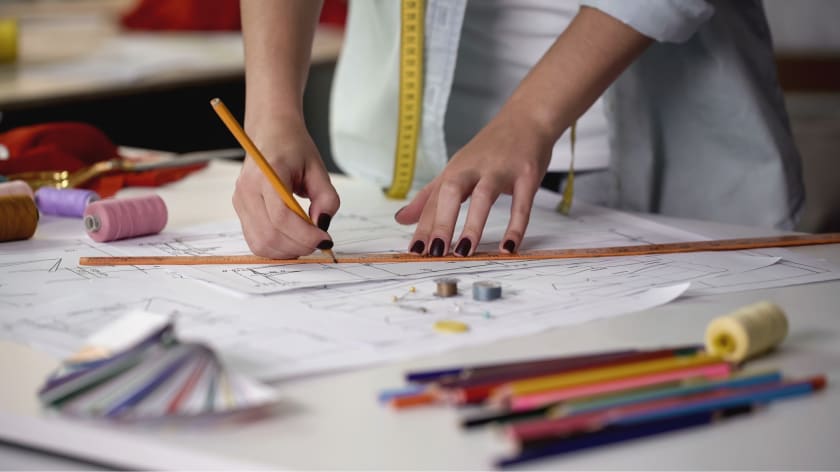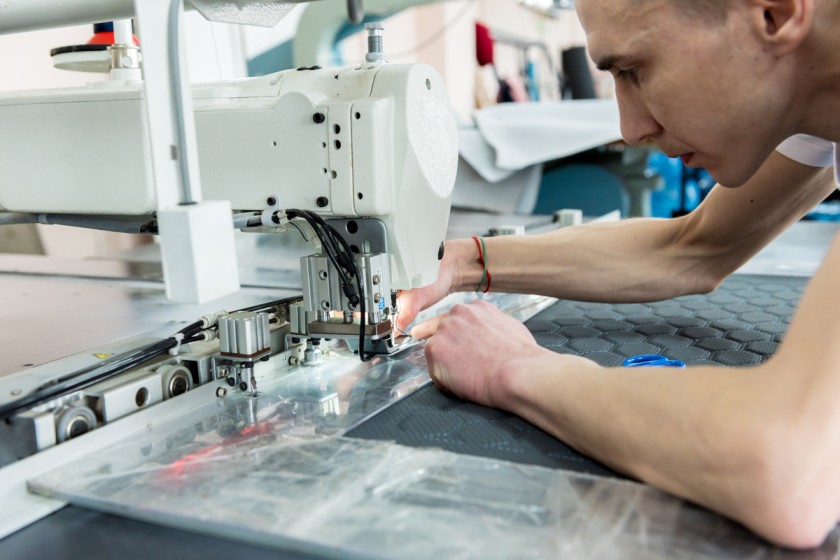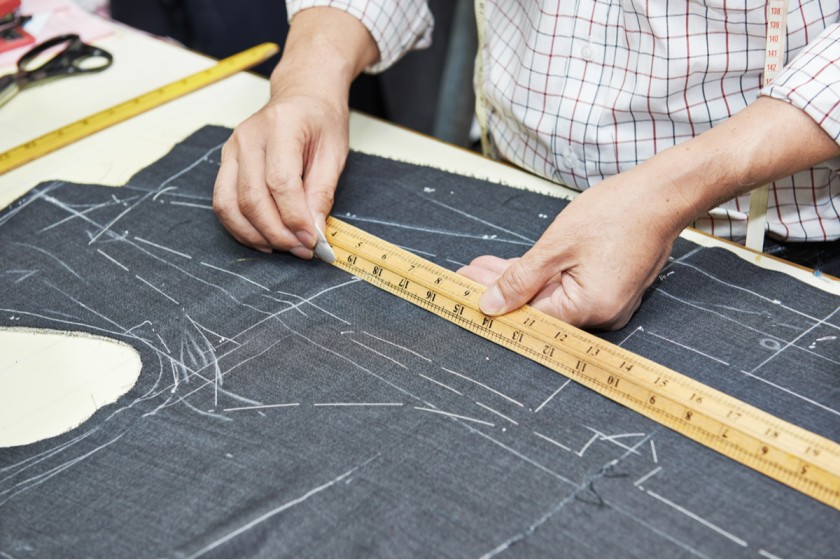A Day In The Life of a Garment Technologist



Whether it’s overseeing the fittings, talking to buyers or traveling routinely, the daily role of any garment technologist is always challenging, varied, and evolving. If you are interested in the garment industry and want to know about a day in the life of a garment technologist, this article is for you. Here’s a look at a typical day in the life of a garment technologist:
8 am
The job position of a Junior Garment Technologist offers a promising start to your career. You can be a part of any reputed brand, such as Fashinza. Your day may start with a meeting with buyers and fashion designers to discuss garment design ideas and share samples on the same. As a garment technologist, it will become your responsibility to make the best out of such collaborations. This will ensure that you’re delivering the best product in the industry as a brand and a team.
For this, you have to consider several factors such as consistency with all sizes, practical concerns, and staying in contact with the designer’s vision. You will specialize in overseeing the entire production process. It is essential for you to meet all quality checks before the product goes into the fashion store.
11 am
If something goes wrong, you will have to think quickly and rectify mistakes. If you’re determined to be successful in this role, you must attend to every little detail. You have to be careful and notice things that you might have missed out on during the product’s life cycle. Seemingly minor details such as embroidery issues can escalate into larger problems. Our garment can make it to the store but still get returned because of faults. It will become your responsibility to analyze how to enhance the garment for any future sale.
2 pm
During the afternoon, you may have to visit the factory where products are being mass-manufactured. Here, your part of the job will be ensuring a thorough inspection of the garments. In the next step, you may need to return to the office to work hard on determining the emerging trends and sourcing fabrics as per the fashion retail industry.
You may source your fabrics from the industry’s leading providers such as Fashinza. It’s crucial to stay updated on the market’s patterns and trend forecasts to ensure that your manufactured products not only portray your brand value but also meet industry trends and demands. The compliance factor, which involves auditing factories to ensure sustainability and other ethical factors, is also crucial.
3:30 pm
Your next task is to look after the fittings. You have to work with the models closely to make sure the garments fit appropriately. In the process of doing so, you have to make notes and summarize suggestions for improvements along the way. You have to work on the ways to scale up and down for varied sizes, check the wash requirements for every garment, and evaluate the clothing for any defect.
5 pm
You have to end your day by responding to emails and scheduling meetings for the next day. The role of a garment technologist is dynamic and evolving, so you can never predict what will happen the following day.
Tips to get started in garment technology
Are you wondering how you can become a garment technologist? Well, you will need a fashion degree or a diploma in this specific niche. Typically, you may require a minimum of three years of experience in the fashion industry as a trainee to become eligible for the role of a garment technologist, before you can aspire to a more senior position.
What does a Garment Technologist do?

A fashion buyer conducts a meeting with the garment technologist to check their samples and ideas. After careful selection, they choose a specific garment for the team. Then, the garment technologist and the team work on the garments to ensure the best fit and measurements that fulfill their company standards.
What makes your day at work as a Garment Technologist typical?
You usually start your day by fitting garments in the early mornings and responding to emails in the afternoon. Additionally, you will check for quality and production and attend meetings.
What are the most enjoyable things during a day at work for a Garment Technologist?

The most enjoyable and exciting part of a garment technologist’s job is watching the first fits. It is extremely rewarding when you put labor and thought into the garment to turn it into an actual product. Typically, the garment technologist plans a maximum of two fits as the process is time-consuming. If the garment fits the model well, they can proceed to manufacture it in bulk for the upcoming season.
Advice to someone who wants to pursue a career as a Garment Technologist
Before you make any decision, it’s crucial for you to gain work experience in the fashion industry as there are numerous roles available. Start by getting a fashion degree or diploma from one of the top institutions in the country. After getting your qualification, you can start working as a trainee in the same industry and gain work experience. With 2-3 years of work experience, you’ll be all set to step into the job role of a garment technologist. One more piece of advice is that you must be consistent with your results during the course, with your performance at work as a trainee, and with your zeal for fashion.
How Can Fashinza Help You?
Fashinza is a B2B supply-chain management platform that helps clothing brands, fashion designers, and garment technologists to connect with suppliers. Whether it's design or delivery, the platform monitors every aspect: all you have to do is place the order. As a garment technologist, you’ll need to source your fabric from a reliable supplier, and few are more trustworthy than Fashinza, with its quality-assurance check and guarantee. Think of this platform as the Amazon for clothing brands, but only B2B. So, if you want to leverage the best fabric material from the industry without putting much effort into the quality check, price negotiation, and other factors to save time, choose the technologically-advanced platform, Fashinza.



















